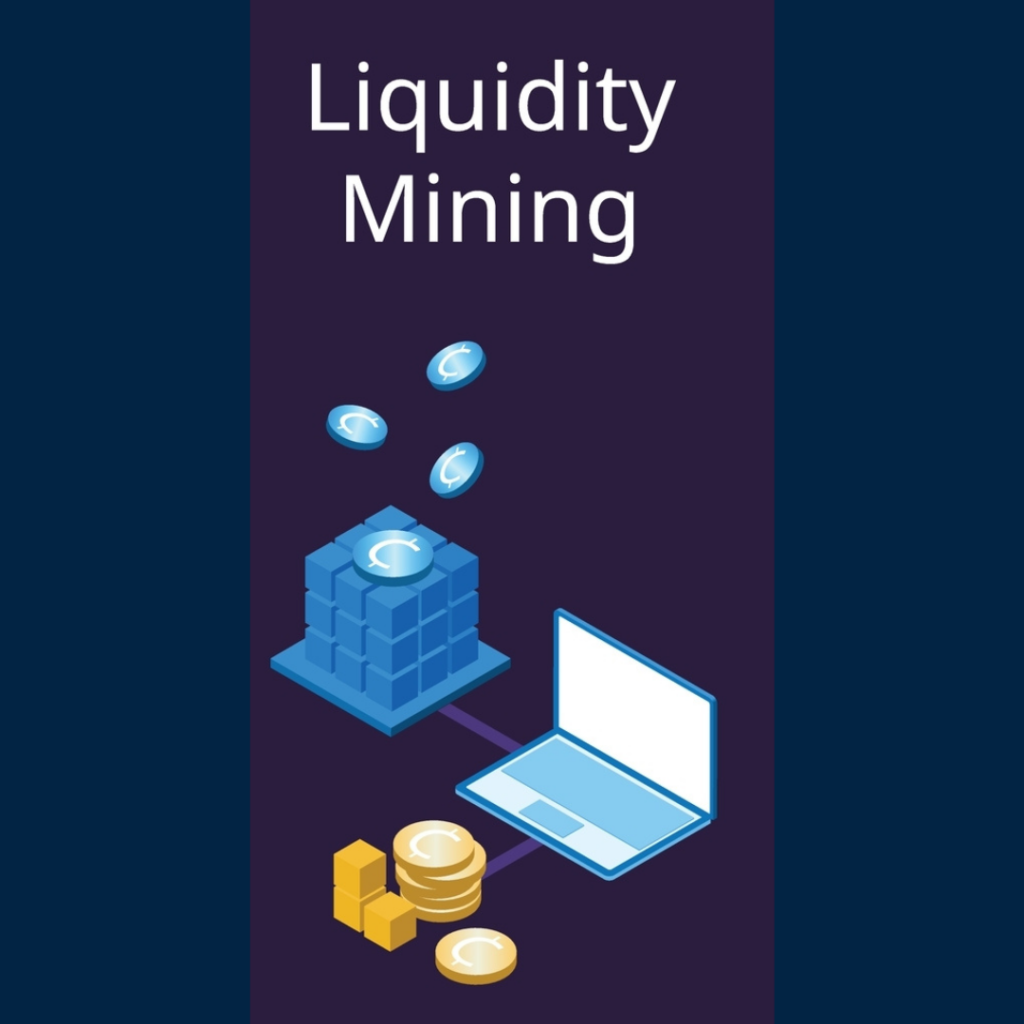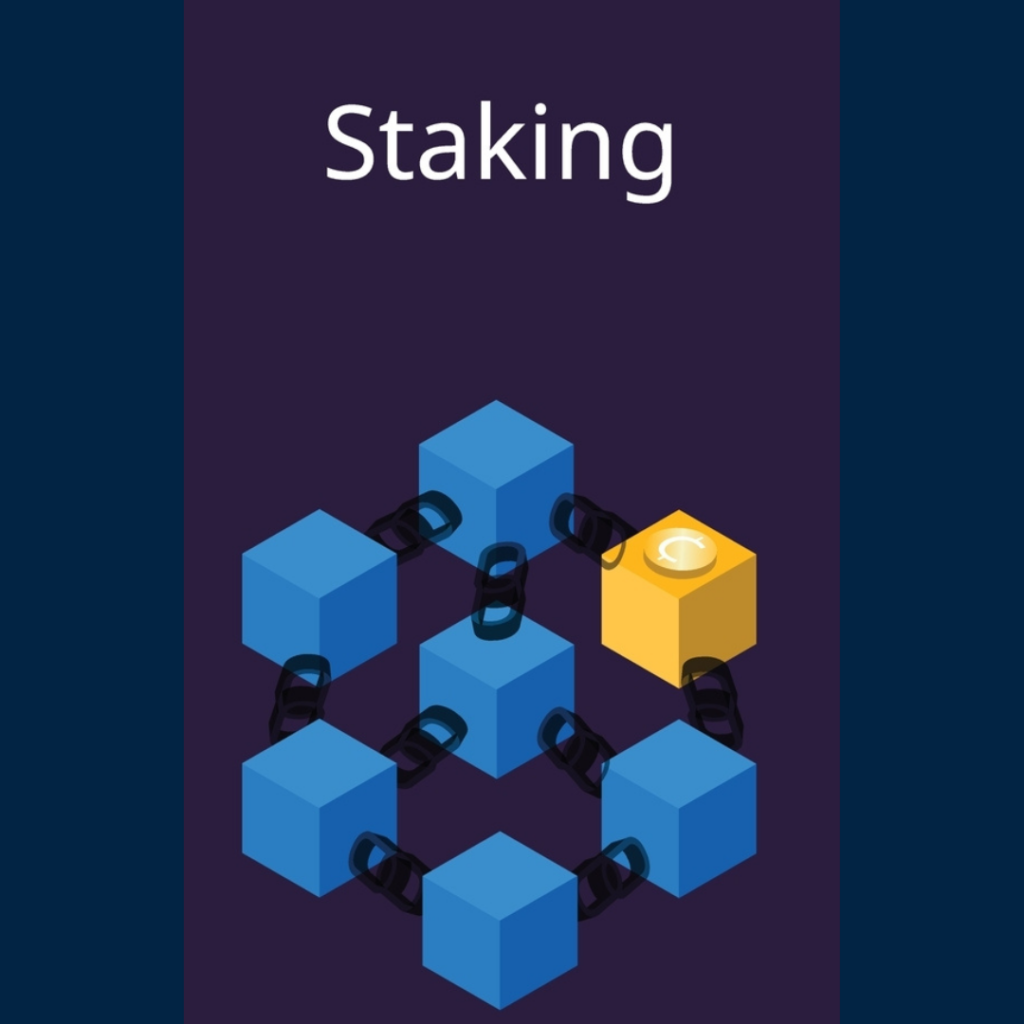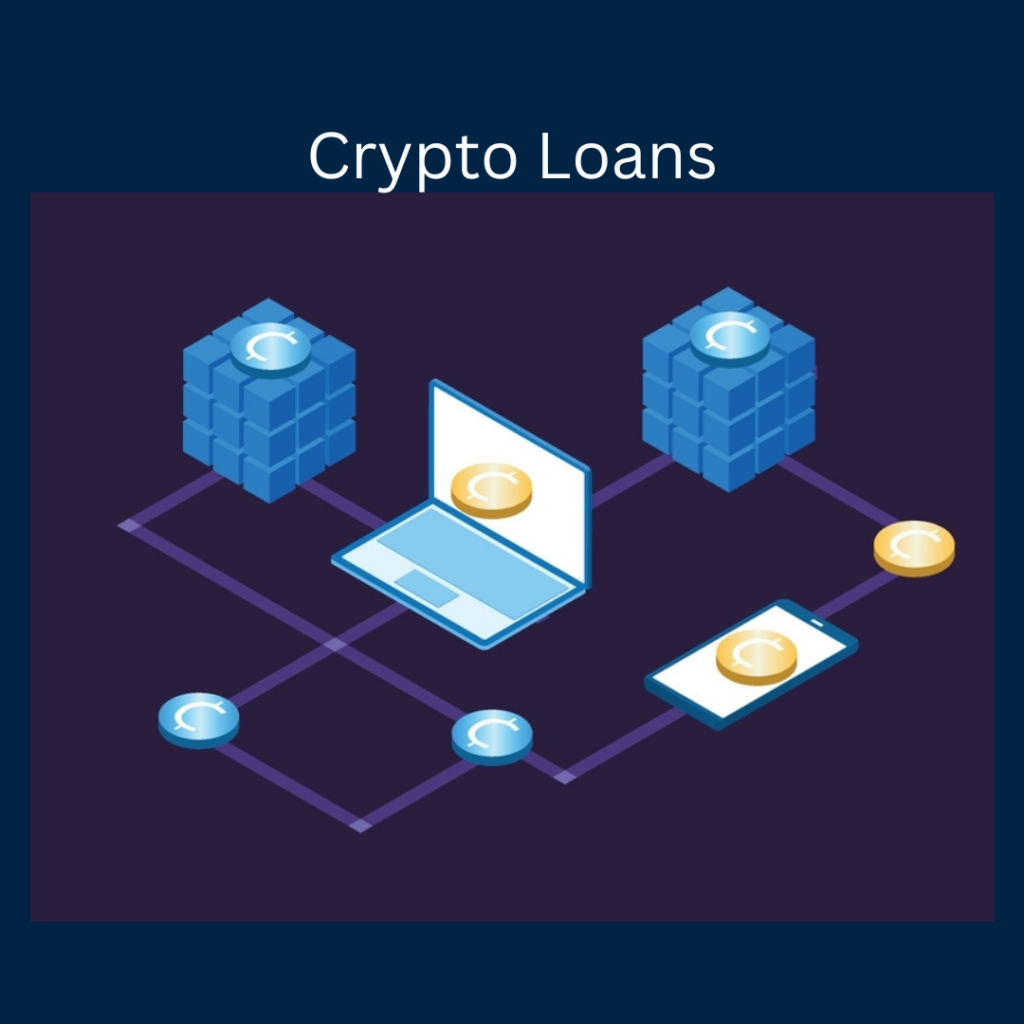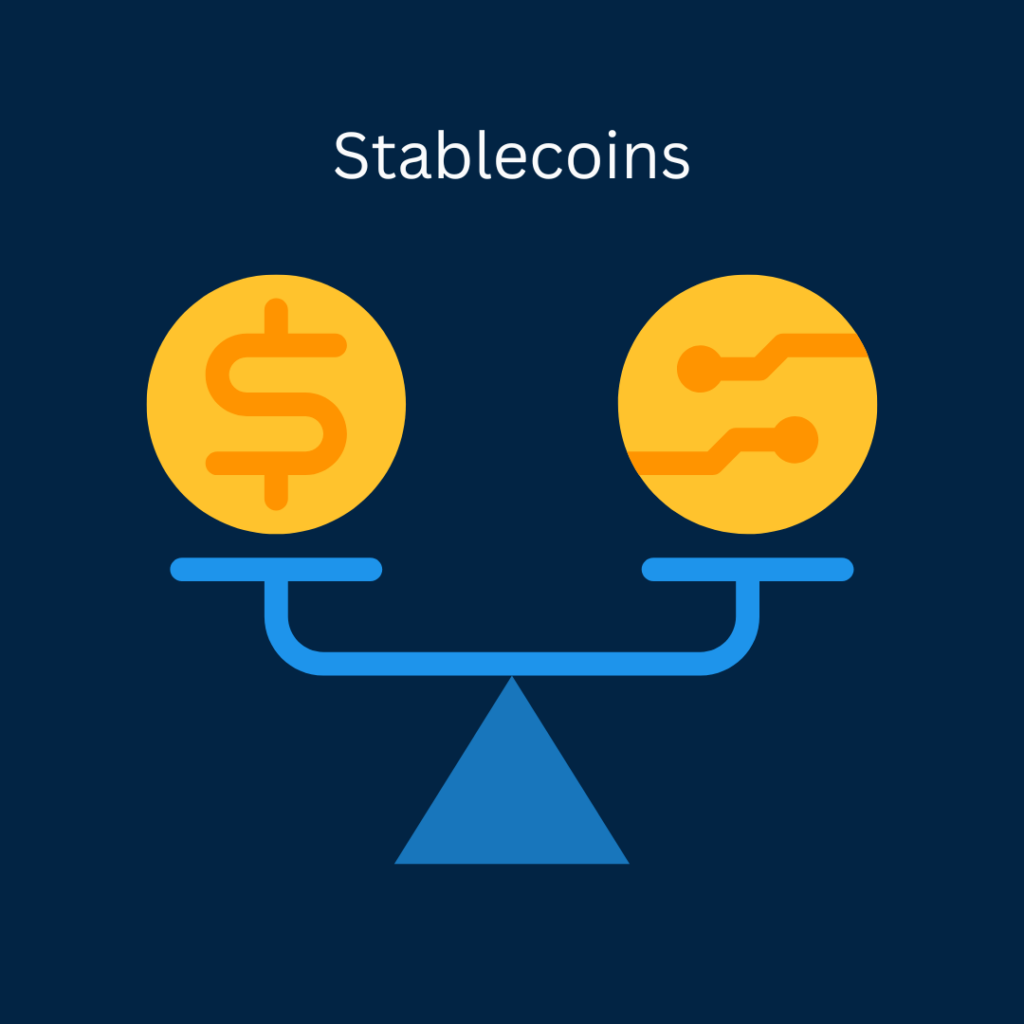Decentralized Finance Explained: The Future of Finance?
At its core, DeFi, short for Decentralized Finance, aims to decentralize the entire financial infrastructure to eliminate the middlemen and third parties, like banks, from our everyday transactions.
That was the idea behind DeFi.
Now, whether or not people are using it with that intent is a different question. One that you’ll get the answer to by the end of this article.
But despite what the answer is, the fact remains that DeFi is one of the fastest-growing industries right now. According to a report by Chainalysis, DeFi transactions accounted for 37% of all transactions in North America from June 2020 to June 2021.
In this guide, we’ll explain DeFi and how it works in-depth, address its pros and cons and answer the question – will DeFi replace traditional banking?
What is Decentralized Finance (DeFi)?
DeFi is an umbrella term for a variety of different financial services built on a blockchain. Unlike traditional banking and financial institutions, DeFi has no central authority or middlemen regulating your funds, accounts and transactions. Hence, it’s called decentralized finance.

As mentioned, DeFi is not a singular entity. Anyone can build their own DeFi applications and protocols with the help of smart contracts and blockchain technology. More on this later.
To put it into perspective, here are a few limitations of traditional finance –
- Transferring funds from one account to another takes time. Sometimes days.
- You have to pay the banks and intermediaries for their services.
- You don’t have complete control over your funds.
- Banks can track your transactions and access your personal data, like name, phone number and address, since they are essential to set up a bank account.
- Traditional financial operations are vulnerable to human errors and limitations.
Now, in contrast to traditional finance, here’s how DeFi compares –
- Transferring money is instantaneous.
- Since there are no central authorities or middlemen, you pay no fees or charges. However, crypto transactions may be subjected to gas fees and other costs.
- Complete control over your assets. Only you and you alone can access your funds with crypto wallets.
- Anonymous and decentralized. No one can track your transactions or gain access to your identity. (This, of course, poses a risk of financial crimes)
- Smart contracts eliminate the need for human supervision.
These are just a few of the many attributes of DeFi. With constant innovations and evolution, this will only expand in the coming years.
How Does it Work?
The entire DeFi infrastructure stands on the back of smart contracts. Smart contracts replace and automate tasks usually done by banks and other financial institutions.
Smart contracts are self-executing contracts between a buyer and a seller written in code. In other words, whenever a predetermined set of conditions are met, the smart contract will automatically execute the transaction between the two parties.
Ethereum was the first blockchain to introduce smart contracts in crypto transactions. That is why most DeFi protocols are built on top of the Ethereum blockchain.
But in recent years, DeFi applications have expanded onto other, some may argue, better blockchains that use smart contracts, like Solana, Binance Smart Chain and Avalanche.
Most of these DeFi applications function as Decentralized Autonomous Organizations (DAO). You can read our in-depth guide on DAO, but on the surface, these are organizations with no central authority where the members or users make decisions with the help of governance tokens.
That is how most DeFi protocols work.
Most Popular DeFi Applications
So far, we’ve only discussed the fundamentals of DeFi and how it works. The following are some of the most popular DeFi applications that display its use in action.
Decentralized Exchanges

Decentralized exchanges (DEX) are peer-to-peer marketplaces where traders can directly trade pairs from their crypto wallet with the help of liquidity pools and automated market makers.
Check out the difference between centralized vs decentralized exchanges.
UniSwap, PancakeSwap, Bisq, and Shapeshift are some of the most popular DEX platforms.
Check out the 8 Best Crypto Exchanges without KYC.
Liquidity Pools

As we briefly mentioned in the last section, liquidity pools are an integral part of decentralized exchanges.
To facilitate trading, every platform and every protocol needs liquidity. Liquidity pools are crowdsourced collections of crypto funds (contributed by liquidity providers) locked in a smart contract that helps facilitate decentralized trading.
Anyone can become a liquidity provider. Liquidity providers receive a part of traders’ trading fees as a reward for their contribution. This has become a primary source of passive income for many crypto investors who don’t want their assets to sit idle.
Check out our list of the 10 Best Liquidity Pools.
DeFi Staking Crypto

By staking your cryptocurrencies in a network, you can become a validator for its blockchain. A validator is someone who validates transactions and receives newly minted coins and part of trading fees as rewards. It’s one of the primary sources of passive income for crypto investors.
Staking is an alternative to the traditional Proof-of-Work (PoW) consensus mechanism Bitcoin uses. Recently, Ethereum also shifted to a Proof-of-Stake (PoS) consensus mechanism after the merge.
Staking in decentralized finance is different from staking in a centralized exchange. DeFi staking requires more involvement throughout the process. Check out our in-depth guide on DeFi staking to know more.
DeFi Crypto Loans

Crypto loans are the same as traditional loans. You deposit some cryptocurrencies as collateral and receive a loan of a certain amount. The only difference is instead of a banking institution manually overseeing the arrangement, it’s automated with smart contracts.
Crypto loans are also a great way to save more taxes. Here’s how. Some people use crypto loans for yield farming or leveraged yield farming (passive income strategies).
Some DeFi platforms that provide crypto loans are BlockFi, SpectroCoin, Nexo, etc.
But what if you’re on the side of the equation? With decentralized finance, you can lend loans as well. And in return, you’ll receive interest in the form of rewards.
Stablecoins

With the help of smart contracts, some people came up with the idea of stablecoins – coins with their value pegged to a fiat currency, gold or other commodities. It helped stabilize the price of the token.
Now, you have coins like USDT pegged to the value of the US dollar, meaning 1 USDT will always be equal to 1 USD. This was a revolution for the entire crypto space.
Check out our in-depth guide on Stablecoins.
However, nothing is perfect. Even a minor error in the smart contract can cause an entire infrastructure of stablecoins, consequently, the entire DeFi space to collapse, which is exactly what happened in the Terra Crash.
And this brings us to the limitations of decentralized finance.
Pros and Cons of DeFi
As with any other technology, decentralized finance has limitations, drawbacks and risks associated with it as well. But whether the cons outweigh the pros is still up for debate.
Pros
- Permissionless access to everyone – there are no restrictions or gatekeeping on who can or can not use DeFi services. All you need is an internet connection and a crypto wallet to access the DeFi protocols.
- Instant transactions – Regional and international transactions on Bitcoin’s blockchain take around ten minutes, which is still faster than most traditional banks. On Ethereum’s blockchain, the average transaction speed is 13-14 seconds.
- Open source – Most DeFi protocols and platforms are open source, meaning anyone can inspect the underlying code, point out flaws or use it as a framework to build something on top of it, allowing more innovation.
- Decentralized – With DeFi, you enjoy all the benefits of decentralization, such as more control over your assets, anonymity, lack of restrictions, lack of intermediaries, etc.
- Generate passive income – Decentralized finance was created to replace traditional financial institutions. But instead, it became a source of passive income for crypto investors and traders.
Cons
- High risk of scams and hacks – Since decentralization lowers the barrier of entry and eliminates regulations and restrictions, it’s easier for scammers to set up an exit scam and rug pulls, which happens almost every day. Hacks come from flaws and loopholes within the code that hackers exploit.
- Difficult learning curve – This guide would help you understand DeFi better, but people with little understanding of the fundamentals – blockchain and cryptocurrency, may find DeFi too complex and hard to understand.
- Highly volatile – Crypto is a highly volatile asset, and so is DeFi. On a micro level, high volatility can lead you to lose money on staking, yield farming or liquidity pools. On a macro level, it can lead to the collapse of the entire market, as seen in the Terra Crash.
- Lack of regulations and government oversight – It may seem more like a pro than a con, but lack of regulations and government oversight exposes DeFi to more financial crimes, like money laundering, terrorist funding or small scams and hacks, where the authorities have very little access to track down the culprits.
Popular DeFi Platforms
The following are some of the most popular (or unique) DeFi platforms that use the blockchain and smart contract technology to create something new and useful.
- Compound – Compound is a platform where you can borrow or lend crypto as loans.
- Uniswap – Uniswap is a decentralized exchange that uses AMM and smart contracts to facilitate trading.
- Youholder – Youholder is a gaming platform that rewards you with crypto for winning. The more you win, the more you can play.
- Nexo – Nexo is similar to Compound, as it’s also a borrowing and lending platform. But there is a twist. It allows you to borrow using your friends and family as collateral.
- Decentraland – Decentraland is a 3D-virtual world platform where you can pretty much do anything.
Taxes on DeFi

Most countries don’t have specific guidelines for DeFi taxes. But you can still use your country’s existing crypto tax framework to figure out DeFi taxation.
Find out how crypto is treated for tax purposes in your country. Is it considered an asset, property or income? Then, find out how crypto is taxed in your country. Apply the same framework to DeFi transactions.
For example, in the US, crypto is considered property by the IRS. So, selling or disposing of crypto in the US will trigger a capital gains tax event. However, receiving crypto as a salary or payment for your services is subjected to ordinary income taxes. Hence, crypto mining rewards are taxed under income taxes.
Using the same logic, we know that staking rewards should also be subjected to income taxes, though some people dispute that.
But there are situations when things get a little complex. For example, when providing liquidity in a pool, you may receive tokens representing your contribution. Even though you still own your original crypto, the IRS may view this as a disposition, subjecting you to capital gains taxes.
You can read our dedicated crypto tax guides for different countries to find out how DeFi taxes work in your case. Other than that, you can always consult a tax professional for help.
Will DeFi Replace Traditional Banking and Finance?
DeFi is a powerful technology and a fast-growing space in crypto. It has the potential to replace traditional financial institutions. However, with its current difficulties and limitations, it’s a rather far-fetched vision.